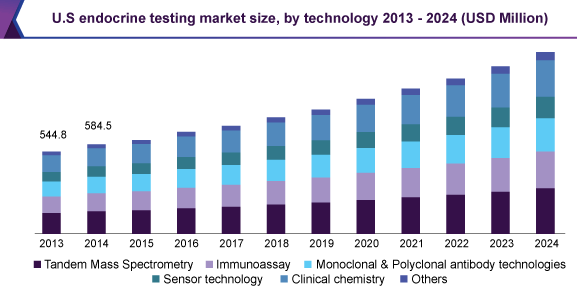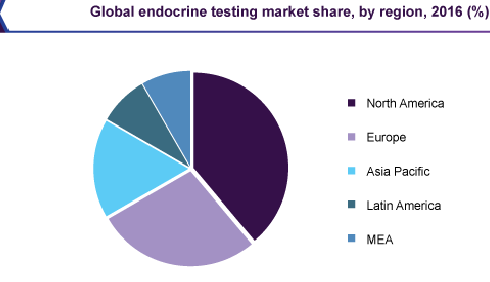Market Analysis, J Immunol Tech Infect Dis Vol: 8 Issue: 2
Vaccines Summit 2020
Uwe Aickelin
The University of Melbourne, Australia, E-mail: uwe.aickelin@unimelb.edu.au
Keywords: Vaccines
Vaccines are the specialized branch of medicine focusing to Vaccine and Immune R&D, Immunology Researchers and conditions. This includes a variety of conditions, both pathological and cosmetic.
The size of the global Vaccines devices market will increase USD 1.17 billion between 2017-2022, accelerating at a CAGR of almost 7% during the forecast period. This growth in market size will be attributed to numerous factors including an aging population, rising disposable incomes, increased health insurance coverage, and the growing need for early diagnosis of Vaccines & vaccinations conditions. There will be a significant increase in the demand for devices such as dermatology lasers because of the rising adoption of medical and aesthetic laser technologies. Most of the demand for these Vaccines & vaccinations devices is from the Americas, where countries such as the US and Brazil are the key markets. By 2023, the dermatology lasers market will grow at a CAGR of over 15% in the Americas. The demand for these lasers is also high in APAC. The adoption of anti-aging treatments is increasing in Asian countries where there is a high preference for skin rejuvenation treatments to minimize the signs of aging. European countries such as Italy, France, and Germany are also major markets for vaccines devices.
As the vaccines devices market grows, so too will the market for vaccines devices. The 2018 year-over-year growth rate for the global vaccines & vaccinations market was 10.37% and it is expected that the market will grow nearly USD 8.5 billion between 2017-2022. There is a large demand for stable and safe drugs that require minimal monitoring because most of the drugs that are used to treat severe Infection conditions are associated with neuropsychiatric adverse effects. This requirement for safer medicine will fuel the growth of the global Infection disease market through 2022.

Owing to increasing health awareness around the world, there have been advancement in home health care along with easy operating home diagnostic kits which are cost
effective and designed with precision. Many new mass spectrometric technologies have been introduced which deliver accurate results in less time and they are highly sensitive. Mass Spectrometry is now coupled with liquid chromatography for more precision. Tele-health services have also been introduced by some commercial laboratories and stand-alone clinics.
Based on test type, the market is segmented into Estradiol (E2), Human Chorionic Gonadotropin (hCG), Follicle Stimulating (FSH), Dehydroepiandrosterone sulfate (DHEAS), Progesterone, Luteinizing Hormone (LH), testosterone, thyroid prolactin, Thyroid Stimulating Hormone (TSH), cortisol, insulin, and other tests such as gastrin, thymosin, and secretin tests.
Thyroid stimulating hormone (TSH) test accounted for a lucrative share in 2016; this can be attributed to the increasing incidences of TSH-related disorders and the growing awareness regarding correlation between variations in the thyroid hormones levels and cardiovascular disorders.
Insulin test is anticipated to witness the fastest growth over the forecast period. The substantial rise in the diabetic population and the growing awareness about diagnosis are anticipated to contribute towards the demand for insulin test over the forecast period.
Key technology segments include tandem mass spectrometry, immunoassay, monoclonal & polyclonal antibody technologies, sensors, clinical chemistry technologies, and others such as Liquid Chromatography with Mass Spectrometry (LC-MS).
The tandem mass spectrometry is expected to dominate the market during the forecast period. This can be attributed to growing use of tandem mass spectrometry in combination with liquid chromatography which helps in overcoming the challenges associated with traditional techniques used for endocrine testing.
Sensor Technology is expected to show the fastest growth among all the segments owing to growing use of biosensors in glucose monitoring for diabetes which is used on routine basis by the individuals to monitor their blood sugar level in undiluted blood samples.

The major share in endocrine testing market share is held by companies such as Abbott Laboratories, AB Sciex, Agilent Technologies, Biomedical Technologies, Biomerieux SA, Bio Rad Laboratories, DiaSorin, Hoffmann-La Roche Ltd., LabCorp, and Quest Diagnostics.3
The players are actively involved in launching technologically advanced products and initiate collaborative developments to sustain themselves in the competition. For instance, LabCorp offers all-embracing solutions on clinical trials pertaining to diabetes and all other hormonal diseases. In addition, the company also provides liquid chromatography in combination with mass spectrometry to yield specific results even with minimal amounts of the hormonal sample.
-
Vaccines Summit 2020
Dubai, United Arab Emirates (UAE)
 Spanish
Spanish  Chinese
Chinese  Russian
Russian  German
German  French
French  Japanese
Japanese  Portuguese
Portuguese  Hindi
Hindi 
